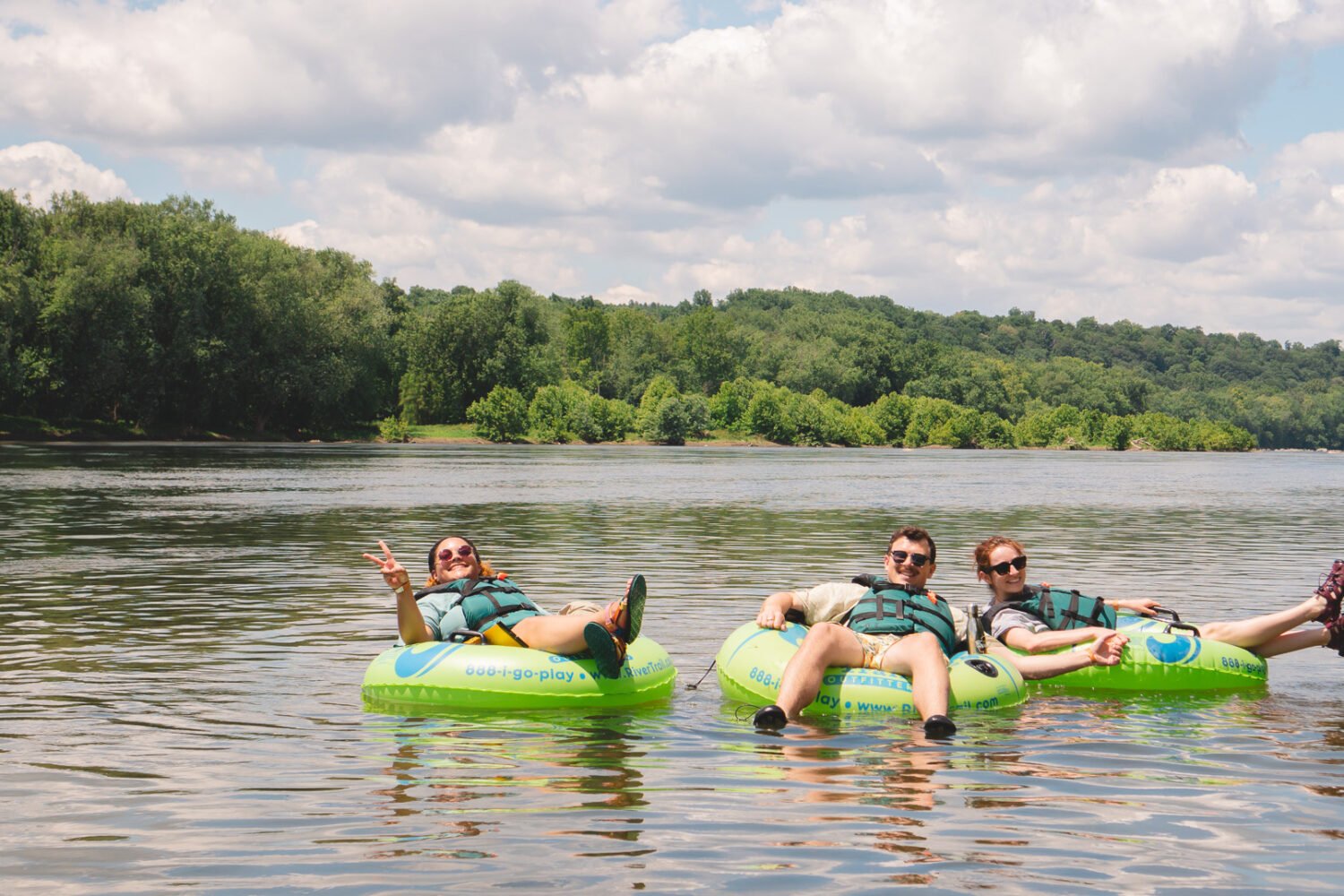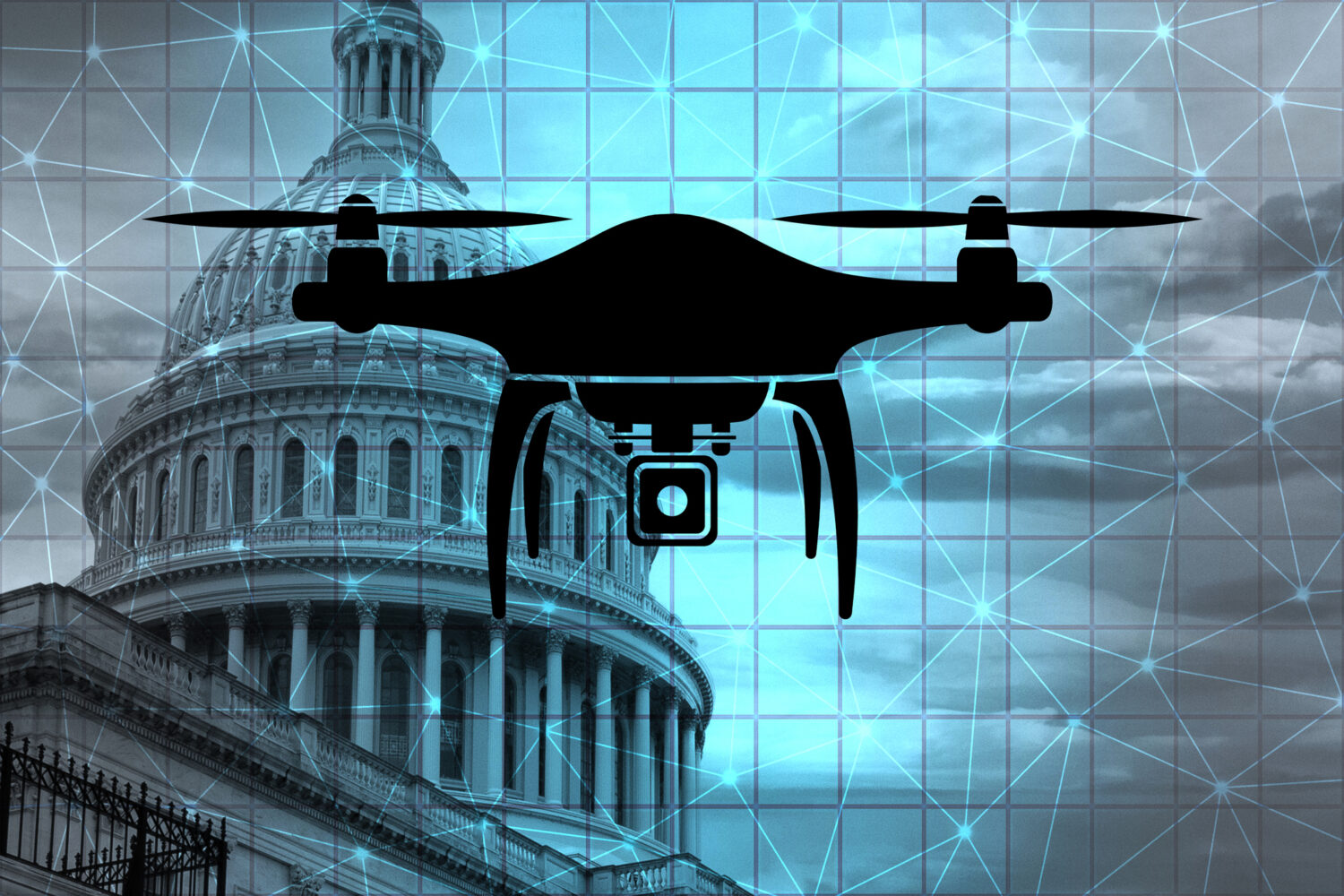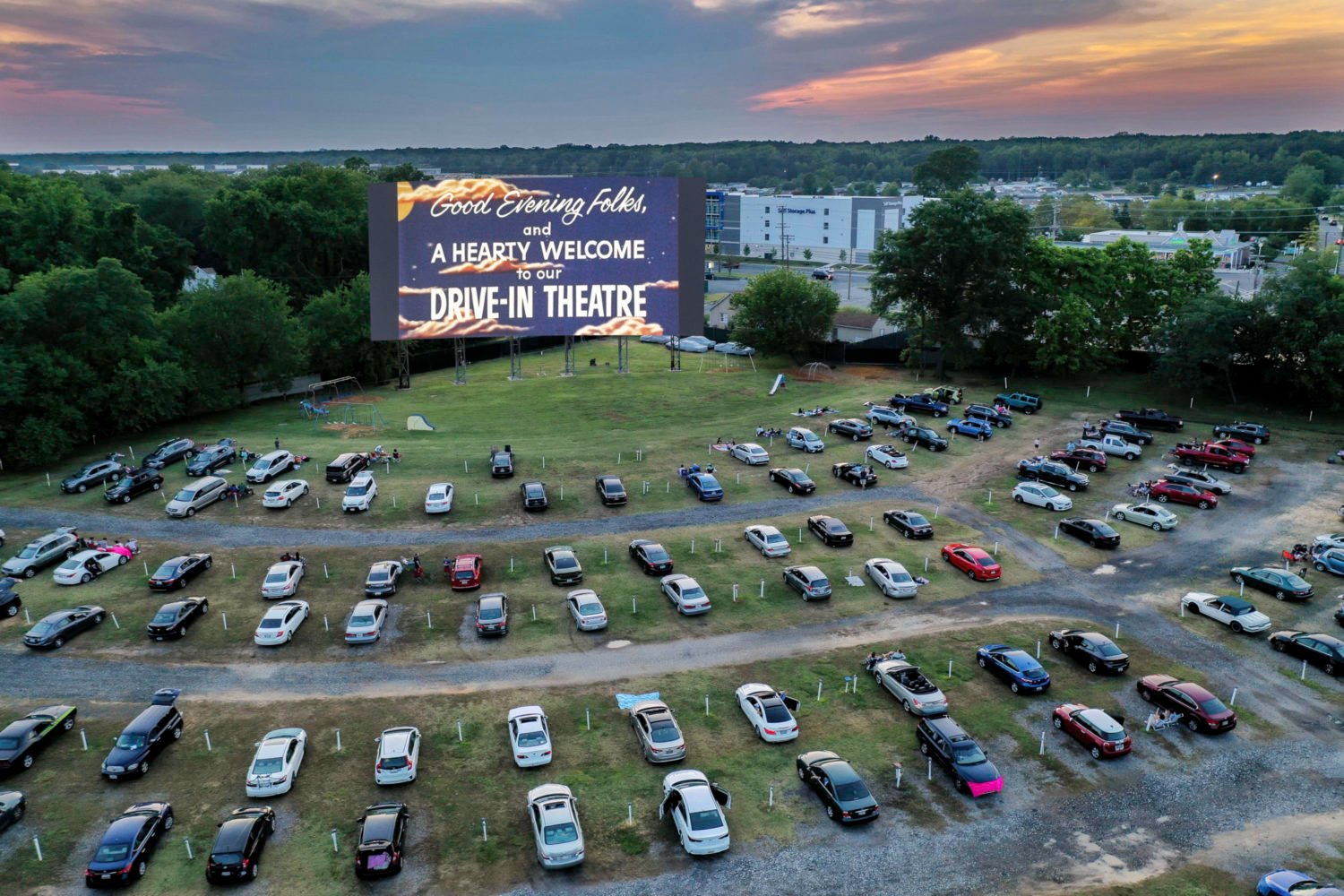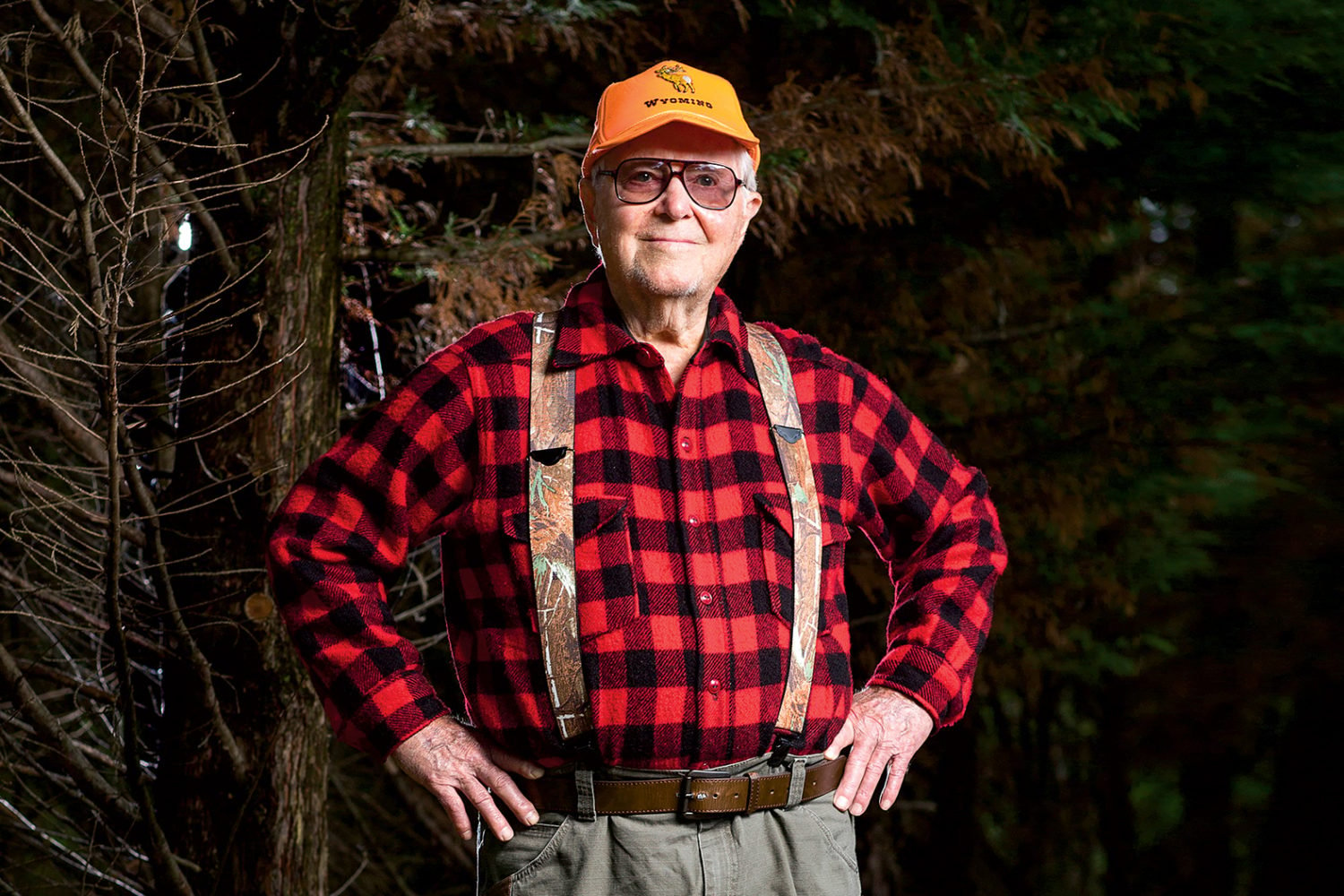I did double moderator duty for a set of discussions yesterday at the New America Foundation. Broadly speaking the subject was the domestic applications (domestication?) of unmanned vehicles. Everything from flying drones to driverless cars. Since there’s not a lot of drone technology in use in the US today, a lot of the conversation was speculative. But it was also hugely imaginative and fascinating.
You can watch all the presentations here. What most impressed me about the commentary was that for all the justifiable anxiety associated with the deployment of this technology–our experiences with it are laregely informed, after all, by the use of lethal drones in war zones–most of the panelists were optimistic about the positive effect unmanned vehicles could have. Maximizing crop yields. Monitoring endangered species. Search and rescue assistance. Drone cargo planes. New ways of gathering news.To hear some of the panelists tell it, our robot future is very bright.
There was plenty of skepticism and caution, for sure, particularly on the obvious privacy implications of flying cameras and sensors. But I think the mix of “pro” and “con,” if I can reduce it to that level, tells you that the discussion about drones is becoming more nuanced and sophisticated. Drones aren’t all good. They’re not all bad.
If you want the blue sky view on where drones may be flying in the US, check out the segment “A New Technology Takes Flight” with Missy Cummings, a former Navy fighter pilot turned MIT robotic scientist, and Michael Toscano, who runs the largest trade association for unmanned vehicles.
And for a good look at how drone technology moved from the battlefield to the homefront, listen to Konstantin Kakaes’ short discussion. He also makes some excellent points that run contrary to assumptions–including mine–about how useful drones may be.









